The core signal is a POSIX thread signal. It is also called sigaction(2) or SA_SIGINFO flag. Its corresponding functions are Sigqueue(3) and waitpid(). The signal can be interrupted and resumed later without losing data. This type of signal is not usable in malloc(), which is not reentrant.
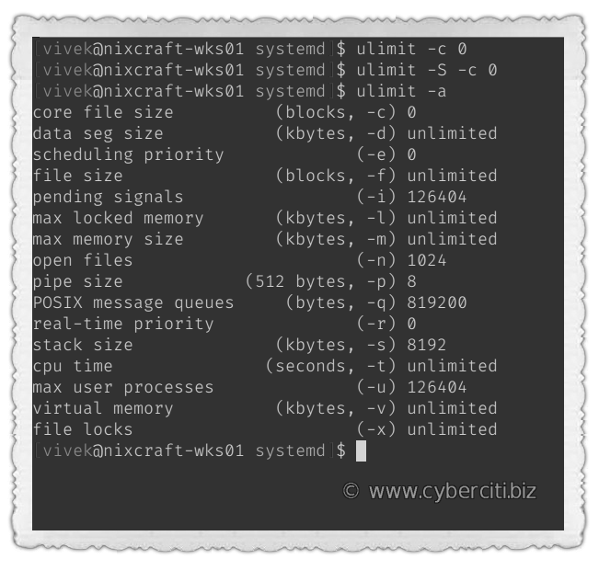
POSIX thread core signal
The POSIX thread core signal can be used to initiate an application in a multithreaded process. It sends and receives signals to all threads in the process. The signal handler should never call the pthread_* functions. This is because they may deadlock. Instead, signal handlers should use the semaphore and the global flag. This will allow the remainder of the program to poll the banner or use sem_wait().
POSIX threads are a type of synchronized process that share the same virtual address space and are typically used for distributed computing environments. The POSIX thread API can be used to execute software at a faster rate than other methods, such as forking. It is also used to manage multiple processes.
When a thread generates a signal, the signal is a reference to that thread. The call may also be a process group ID. In addition, a signal can be generated for several processes on the same system. Hence, the movement must be handled by the appropriate thread.
The POSIX threads library implements pthread_set and pthread_getspecific(). These APIs provide synchronization between threads and provide mutual exclusion. If you wish to use POSIX threads, specify the -lpthread compiler parameter.
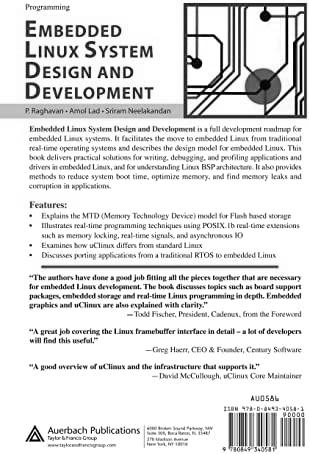
POSIX threads API has many implementations. An excellent resource to learn about threads is a Unix thread programming guide. It also includes tutorials. You can also use the notes to learn more about POSIX threads. It is important to note that these are not meant to be exhaustive.
LinuxThreads departs from POSIX thread core signal specification in several ways. The first one differs from POSIX threads in that it doesn’t use the concept of process as a whole. In LinuxThreads, each line is a separate process, and its PID is unique. Signals sent to the thread PID are handled by that thread, while another thread takes signals sent to lines without PIDs.
As a result of this implementation, LinuxThreads uses a SIGSTOP signal that suspends a thread and restarts it with SIGCONT. If a thread receives the SIGSTOP signal in POSIX threads, all other lines will be terminated. As such, applications that use LinuxThreads should test for this behavior in portable code.
Sigaction(2) SA_SIGINFO flag
The sigaction(2) core signal function can catch and handle signals. The flags used to control the behavior of a call are listed in the sa_flags field. The SA_SIGINFO flag can be set and cleared in the sigaction structure. If this flag is set, sigaction will act as if SA_NODEFER is set.
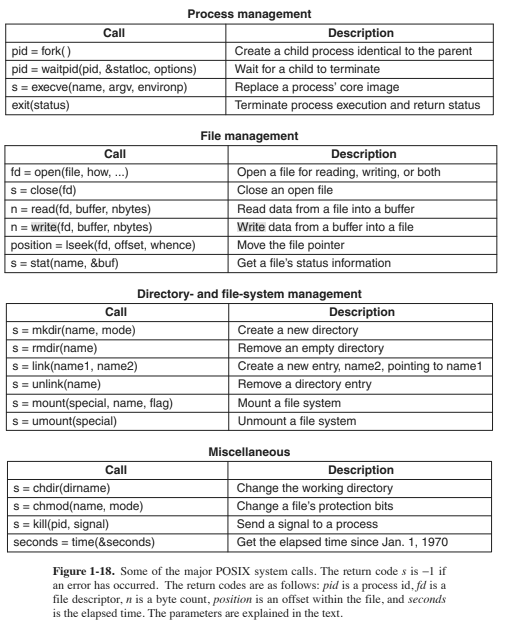
Signal actions remain installed until a subsequent signal action is requested or until the SA_RESETHAND flag is set. Similarly, if the signal is canceled, the last step will be ignored. A signal action is terminated if it returns zero or a -1. This value will be recorded in the errno global variable if one exists. The signal in libc.a does not set the SA_RESTART flag, but the Berkeley Software Distribution (BSD) version of movement puts it. The BSD version of the signal preserves the current signal settings and can be used by building with the Berkeley Compatibility Library.
sigaction() can also receive additional signal information. The previous implementation of sigaction returned SA_NODEFER, which allowed any signal to be received. However, this behavior has been replaced by SA_SIGINFO. Using the sigaction() function with the SA_SIGINFO flag will allow you to manipulate the signal set.
sigaction() is a convenience function that allows the calling process to inspect a signal and determine what to do when it receives it. The sigaction argument specifies the password to examine, and the action parameter is a pointer to a signal action structure. A signal action may affect the behavior of other threads, and a signal-catching function can block additional signals.
sigaction(2) SA_SIGINFO is used to control whether to handle a core signal. The signal action is either a pointer to a function or a lead. The signal action should not wait for input from another thread, as it will result in a deadlock in a multithreaded application. This also means that a signal-catching function cannot call other subroutines.
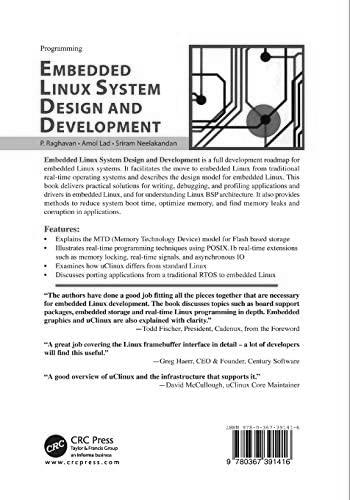
The SA_CLDNOTIFY flag can be used in combination with SA_SIGINFO to make a child process exit early. It can also turn the SIGCHLD signal into a “real-time” call. The parent process receives the SIGCHLD signal before the child exits. This enables it to recover after a child’s process’s entry. This flag can be set in a sigaction(2) system call by the parent process.
Waitpid()
The waitpid() system call suspends the calling process until a child process changes state. It waits for a function whose process group ID equals the calling process’s PID. A status is returned for all traced children if the call is made without the options argument.
When calling waitpid, use the options argument. The WNOHANG option tells waiting not to block if the child process has not yet exited. Similarly, the WUNTRACED option asks for reporting processes that escape or stop. Those options are not strictly required but are often helpful in job control. You can also create your opportunities; it is a good idea to document them.
The waitpid() function lets the calling process get information about the child process. This status information is returned in an unspecified order, so more than one thread can be suspended while awaiting the same process. However, only the first thread will report the process status when the target child process terminates. The other lines will return -1, with the errno set to CHILD. This blocks the calling process until all child processes have exited.
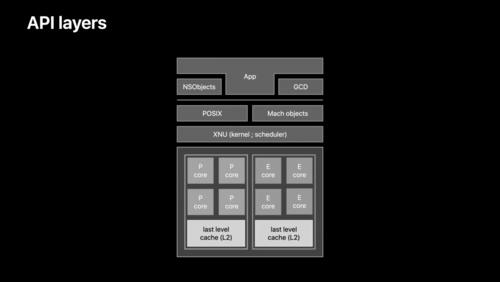
When waiting for a core signal, you should consider the number of processes in the process group. waitpid() returns a value of zero if a child process is already running, and a negative value means it should wait until its child process is done. This way, you can ensure that the signal you’re waiting for doesn’t interfere with the caller’s work.
The waitpid() function also uses the wait() part of getting status information from child processes. Depending on the implementation, waitpid() may report the status of two or more child processes in the same order. However, this behavior is not recommended for most applications. You should consider the waiting() function if you need to suspend multiple threads simultaneously.
waitpid() is a system call used to wait for a core signal. It works similarly to remain (). However, the waiting method is intended for use in SIGCHLD signal handlers. The key to its usage is that it relies on the behavior of a core signal when it is blocked. Historical nonconforming systems may not work well with waitpid().





